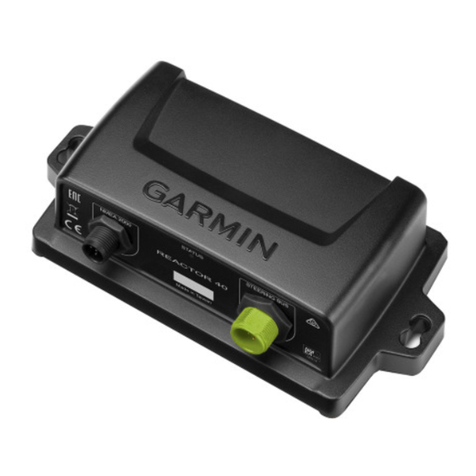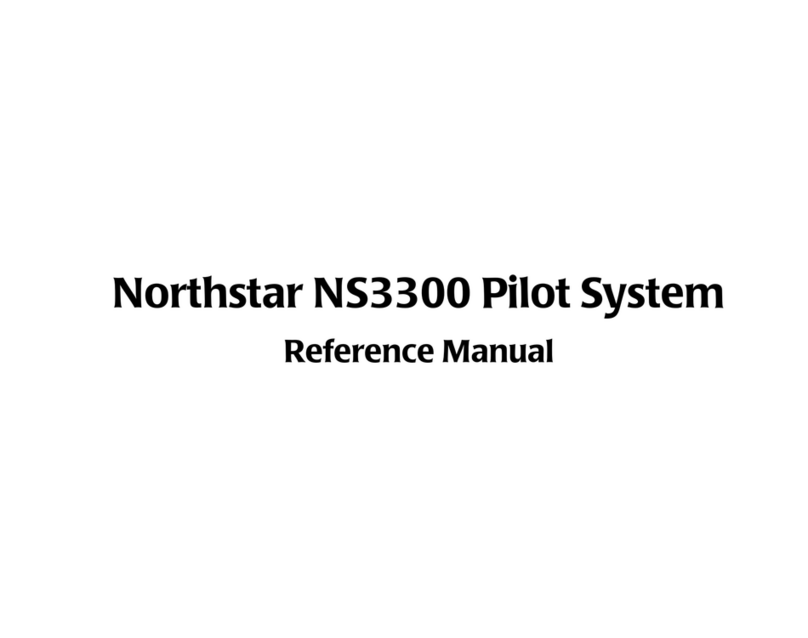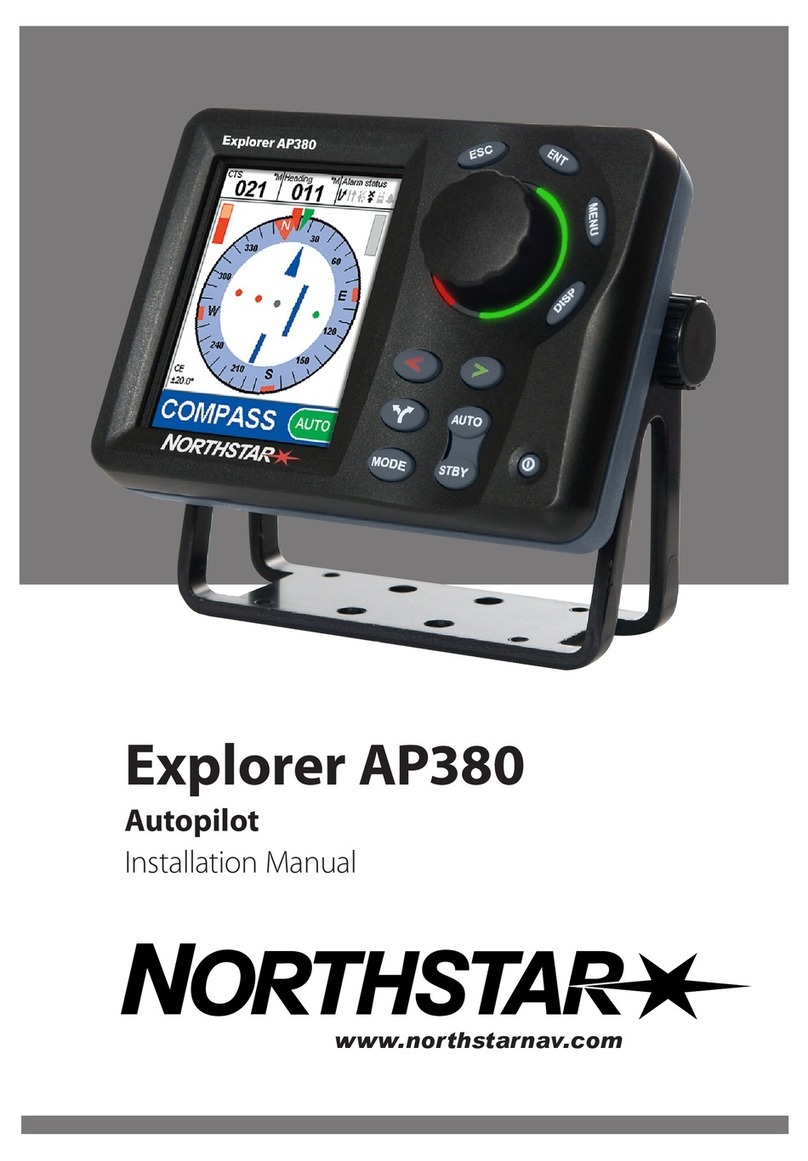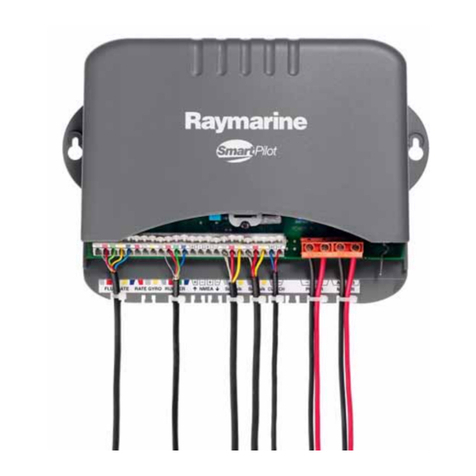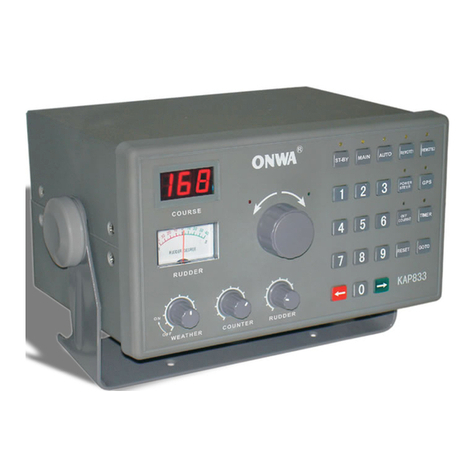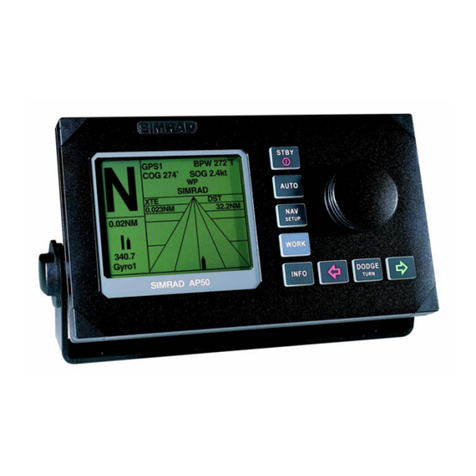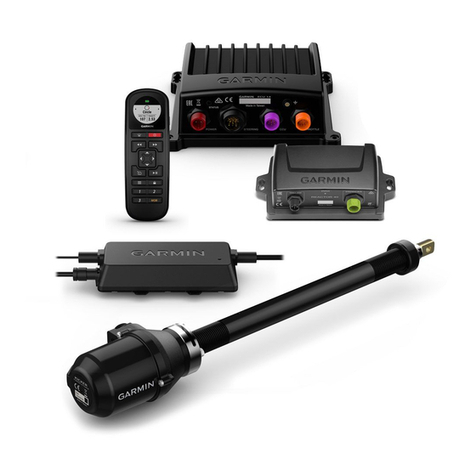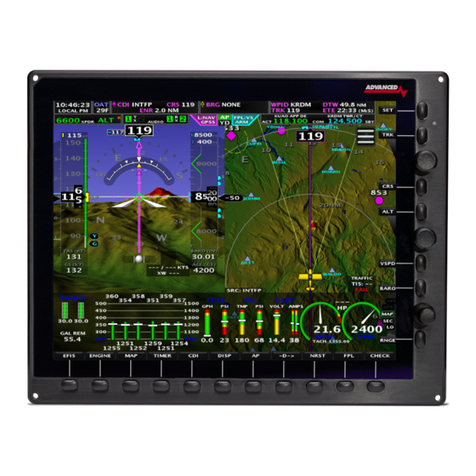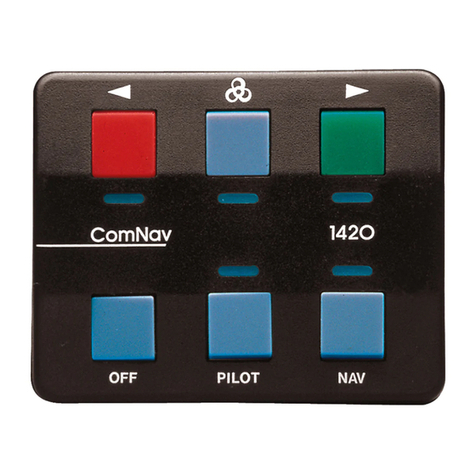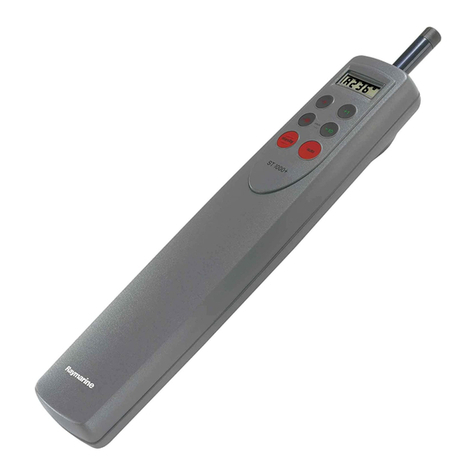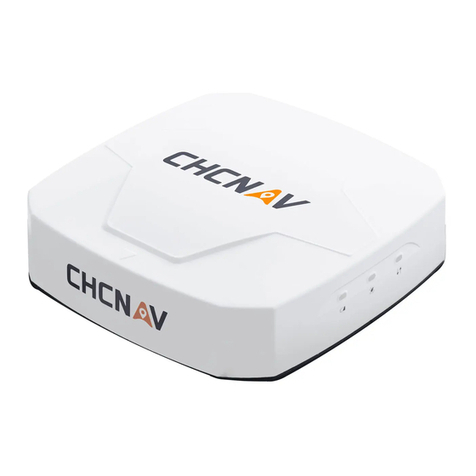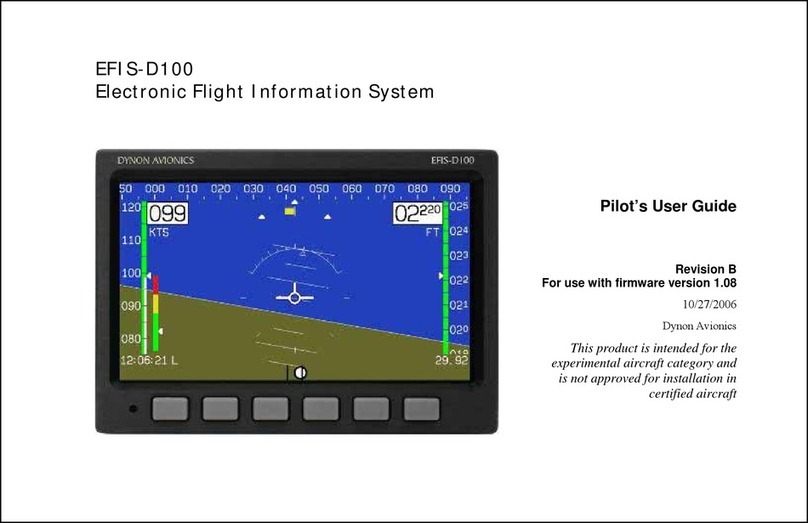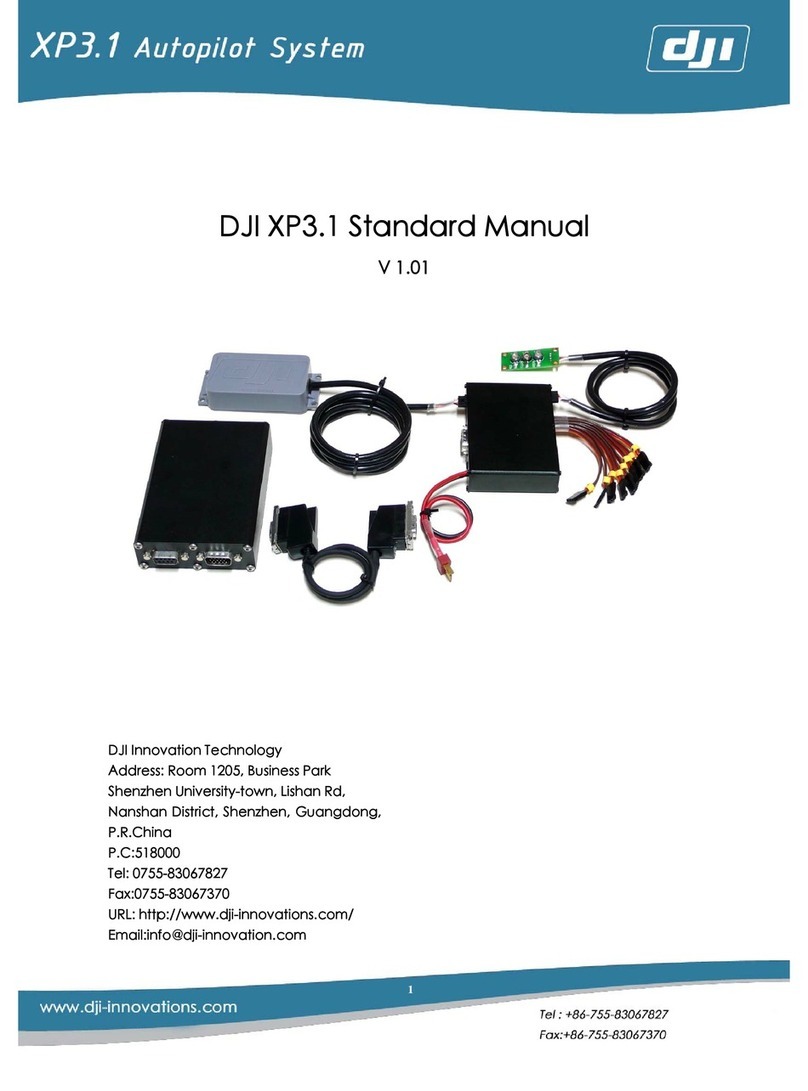Dedalus autopilot– user's manual
Easy Setup
The simplest way of correct configure the model is use the menu command
Settings->Easy Setup. The wizard helps setting all parameters (servos
alignment, mixers, reverses) in 4 simple steps by asking for moving sticks in
your transmitter and confirming it by keyboard click.
The Easy setup should be run only after correct connection and configuration
of input RC channels.
NOTE: To avoid surprising deflections of the control surfaces during
calibration (if no mixers set yet), set the autopilot mode to OFF. Autopilot
mode does not affect the settings are correct, only to swing them when the
wizard is running.
On the every step of wizard you should move the correct transmitter s stick in
accordance with the information on the screen and confirm the position with
[Next] button while holding the stick in that position.
After completing all steps, the screen will display detected model
configuration.
In order to verify the settings, turn the STAB mode on and, while, leaving the
sticks in the neutral position, tilt the model with the right wing down. Right
aileron should deflect downward and left upward "preventing" this
movement of the model. Then lean model nose down, keeping the wings
horizontal. The elevator (or elevon for the delta) should deflect up, leveling
the model.
Autopilot modes
Autopilot mode control is done by a three-position RC channel connected to
the MODE input as follows:
Channel at minimum (PPM pulse duration less than 1.2 ms): OFF -
autopilot off (pass the signal through directly from receiver to servos
without any modifications).
The center-channel (pulse duration 1.3 ms to 1.7 ms): STAB -
stabilization mode
Channel for maximum (pulse duration more than 1.8 ms): AUTO -
autonomous flight
Actual autopilot mode is displayed on last line of OLED screen.
NOTE: To automatically return the model to the starting point in case of lost
RC signal, the fail-safe mode in the RC receiver should set correctly the MODE
control channel to maximum value (pulse > 1.8ms).
Turning the autopilot off
In the OFF mode, all RC input signals are transmitted to the output without
any interference (except for disregarding false PPM pulse outside the
acceptable range of 0.8 ms to 2.3 ms).
If the autopilot is connected to only one aileron signal (input # 1 "aileron 1"),
the autopilot transmits the same signal on both ailerons outputs - works as a
"Y" cable, making it easy to control two servos from one RC channel.
© PitLab 2015 http://www.pitlab.com/dedalus-autopilot.html page 10 of 20
